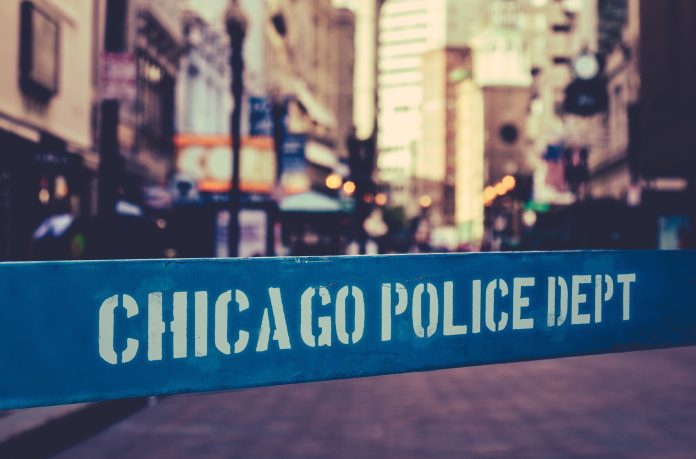
Chicago, Illinois is sitting at 3,084 (as of this moment) shootings in 2021. The city, like many, has had a bad turn in their violent crime in 2020 and 2021. Stemming in large part from their failure to prosecute serious criminal offenses by activist prosecutors and political animals while they blame the ‘proliferation’ of guns.
Of course they blame guns. If they blame letting criminals go it is their fault, and they can’t have that.
The NRA-ILA has a good piece on the subject here.
But I want to highlight one item in particular that is actually a smart more on the city’s part.
Approaching the violent crime problem from another angle, last month Chicago’s Office of Emergency Management and Communications (OEMC) launched “Safe Chicago,” a new program in partnership with the city’s police and fire departments. It calls for the installation of hundreds of “bleeding control kits” throughout public buildings, including City Hall, Chicago Public Library locations, and the Chicago Cultural Center. According to the announcement, the objective is to enable ordinary citizens to treat “life threatening bleeding emergencies” resulting from “falls, penetrating injuries, gunshot wounds and more” pending the arrival of first responders. Each kit consists of “a tourniquet, gauze, shears, gloves and an instruction manual to be used in an emergency” involving up to eight victims.
Speaking about the program, Rich Guidice, the OEMC Executive Director, was quoted as saying that, “we’re doing our best to adapt to the environment that we’re living in.”
Rich, I would say instead that you are waking up to the reality that emergencies happen, injuries happen, and that in the last two decades we have seen the efficacy of having first aid supplies close by benefit the survivability of victims time and time and time again. TQ’s save lives. Being able to control the bleeding of an injury saves lives. Being able to splint, treat for shock, aid breathing or circulation, all of these things save lives.
No, not just for GSWs (Gun Shot Wounds), for accidents and injuries of any source. The quicker someone begins to get triage and care the better their odds of positive outcome, period.
The people best able to aid someone who is grievously injured or having a medical incident are those right there witnessing it, and if they are able to get their hands on the supporting equipment to control life threatening blood loss effectively things are much much brighter for the injured. We deluded ourselves into believing that in the 21st Century, bad things don’t happen because crime rates were lowering and affluence was spreading. But low isn’t gone, and injuries accidental or deliberate are still something that must be addressed swiftly.
We are recognizing the fact of the matter, that our ‘First Responders’ are actually the second line. They respond to the call. They take over the scene. They get their in a hurry and bring specialty equipment to help. But the first responder is us, the folks their on the scene with whatever we have on hand. So if that happens to include a grabbable trauma case because your building thought to stock one? Good.



